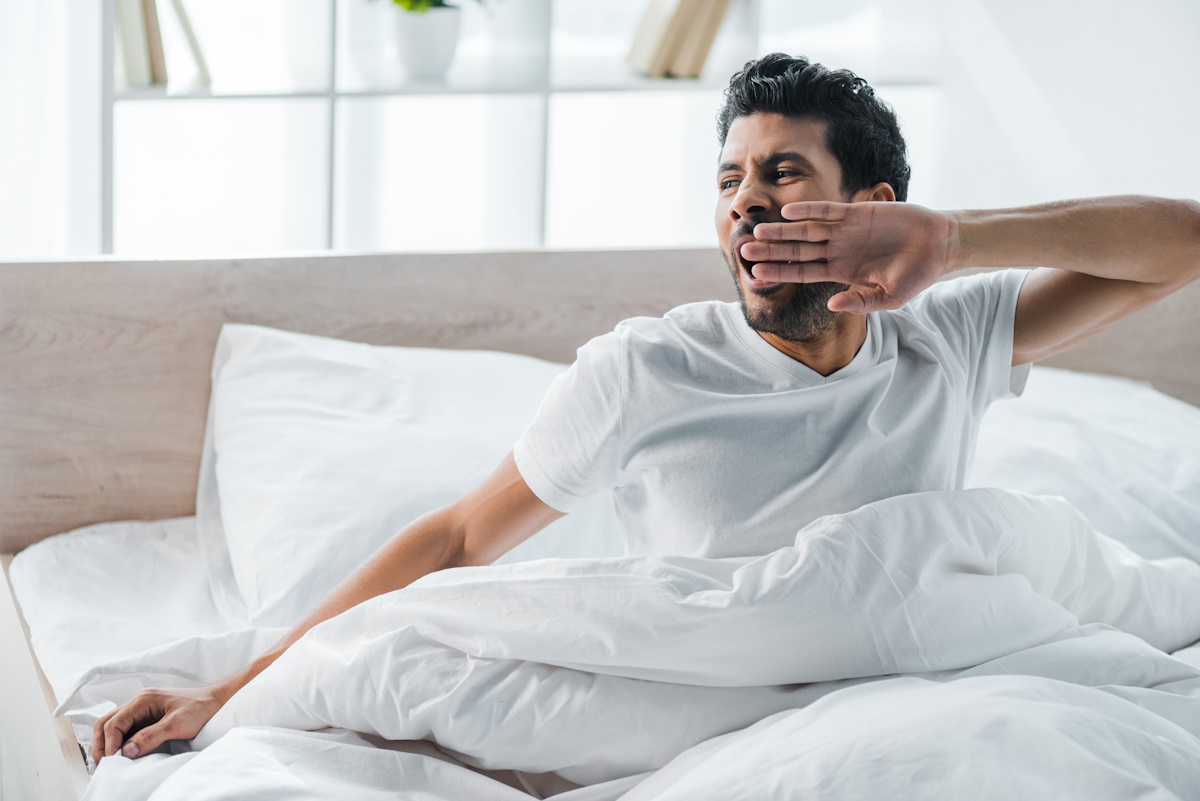Unlocking the Science Behind Infrequent Morning Erections: What You Need to Know
Waking up with an erection is not only a natural phenomenon but also an indication of robust sexual health in men, marking a promising start to the day. Traditionally associated with younger men, morning erections, colloquially known as “morning wood,” transcend age barriers and are observed across various demographics. However, the absence of this physiological response over an extended period may raise concerns regarding one’s sexual vitality and overall well-being.
Factors Influencing Morning Erections
Morning erections, scientifically termed nocturnal penile tumescence (NPT), are a barometer for assessing a man’s health status. The presence or absence of a morning erection can indicate underlying physiological conditions. Typically occurring during the rapid eye movement (REM) stage of sleep, morning erections are attributed to the heightened activity of the parasympathetic nervous system, particularly the sacral nerve, which governs erectile function.
Various factors contribute to the occurrence or decline of morning erections. While erotic dreams and bladder fullness stimulating the sacral nerve are common triggers, compromised blood flow poses a significant impediment to erectile function. Diminished blood flow, often associated with cardiovascular ailments, underscores the intricate link between vascular health and erectile potency.
Significance of Morning Erections in Assessing Male Health
Moreover, fluctuations in testosterone levels play a pivotal role in modulating morning erections. Testosterone, the principal hormone driving male sexual desire, exhibits diurnal variations, with levels peaking during the early hours of the day. Consequently, deviations from the norm in testosterone levels can manifest as alterations in the frequency and quality of morning erections.
Age-related testosterone decline emerges as a primary determinant of infrequent morning erections, reflecting the physiological changes accompanying aging. While diminished testosterone levels are a natural consequence of aging, they may precipitate a myriad of symptoms, including reduced libido and erectile dysfunction.
Addressing Concerns about Absence of Morning Erections
Beyond the absence of morning erections, signs of low testosterone encompass muscle atrophy, gynecomastia, persistent fatigue, mood disturbances, and abdominal adiposity. Excessive visceral fat accumulation, often exacerbated by sedentary lifestyles, exacerbates testosterone decline, necessitating lifestyle modifications to mitigate its harmful effects.
Concerned individuals experiencing prolonged absence of morning erections or erectile dysfunction are advised to seek medical evaluation from a qualified urologist. A comprehensive assessment encompassing medical history, physical examination, and laboratory investigations is imperative to elucidate the underlying etiology.
Diagnostic protocols typically involve assessing hormone levels, including testosterone, alongside screening for comorbidities such as cardiovascular disease, hypertension, and diabetes mellitus. Tailored therapeutic interventions, ranging from hormone replacement therapy to lifestyle modifications, are contingent upon the identified causative factors.
In conclusion, vigilance regarding the frequency and quality of morning erections serves as a barometer for male sexual health. Timely medical intervention, coupled with proactive lifestyle adjustments, ensures optimal management of underlying conditions, thereby safeguarding sexual well-being.
Dr. David Samadi is the Director of Men’s Health and Urologic Oncology at St. Francis Hospital in Long Island. He’s a renowned and highly successful board certified Urologic Oncologist Expert and Robotic Surgeon in New York City, regarded as one of the leading prostate surgeons in the U.S., with a vast expertise in prostate cancer treatment and Robotic-Assisted Laparoscopic Prostatectomy. Dr. Samadi is a medical contributor to NewsMax TV and is also the author of The Ultimate MANual, Dr. Samadi’s Guide to Men’s Health and Wellness, available online both on Amazon and Barnes & Noble. Visit Dr. Samadi’s websites at robotic oncology and prostate cancer 911.

